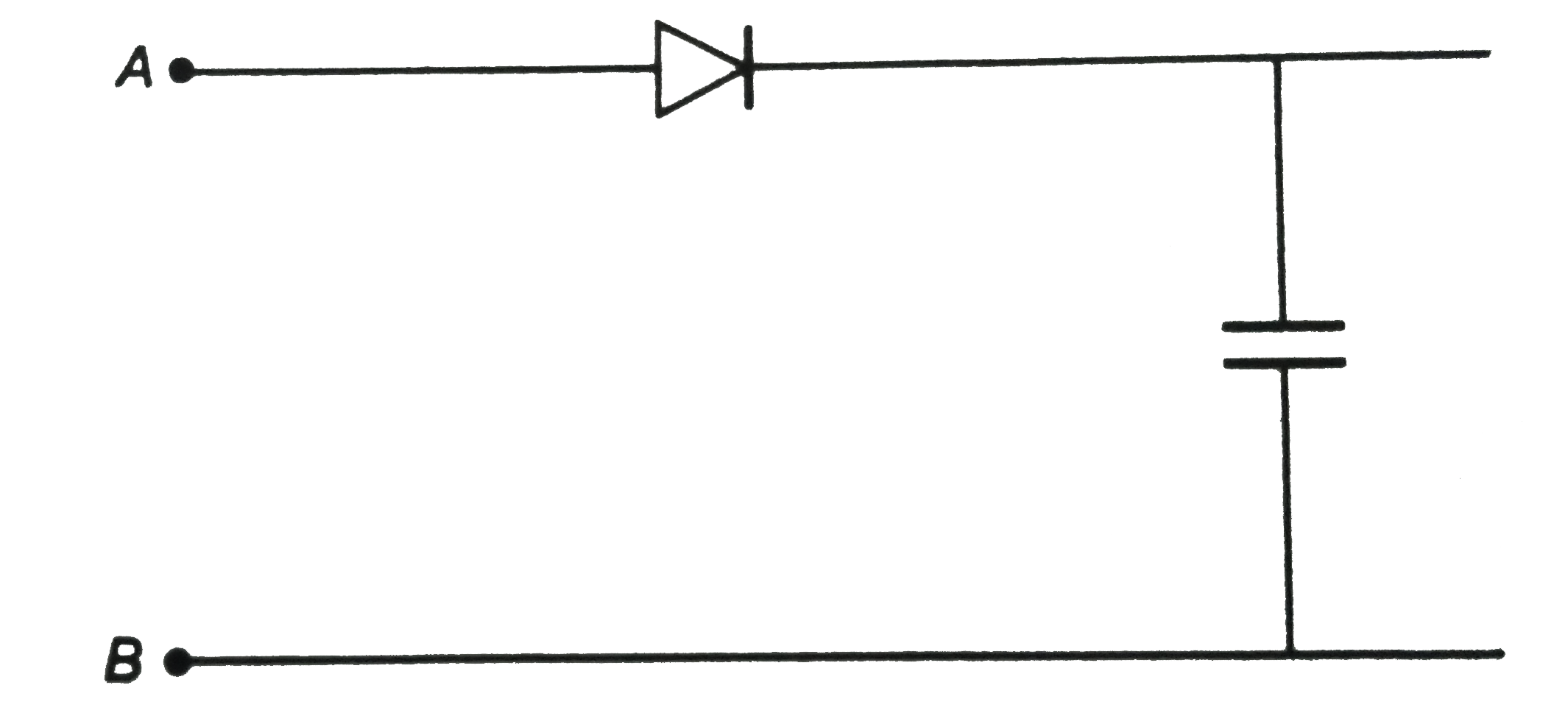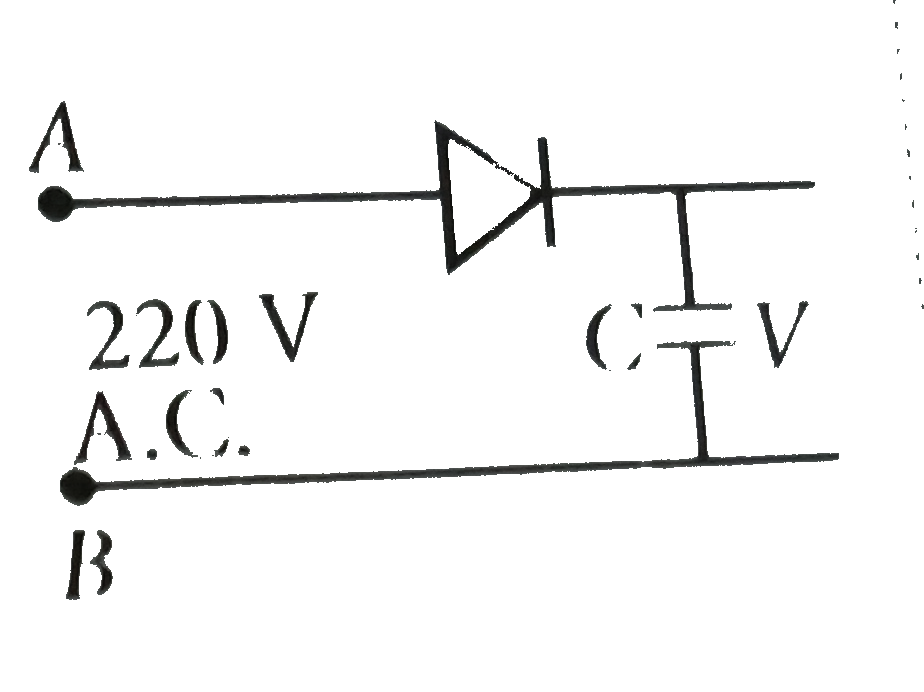A 220 V ac supply is connected between points A and B [Fig.1.51]. What will be the potential difference V across the capacitor?
(##CHY_DMB_PHY_XII_P2_U09_C01_E04_003_Q01.png" width="80%">
A
220 V
B
110 V
C
0 V
D
222 √2 V
Text Solution
The correct Answer is:D
|
Topper's Solved these Questions
- SEMICONDUCTORS AND ELECTRONICS BOOK - CHHAYA PUBLICATIONCHAPTER - SEMICONDUCTORS AND ELECTRONICS EXERCISE - NCERT EXEMPLAR QUESTIONS WITH ANSWER HINT (Multiple Options Correct )
1 Video
- SEMICONDUCTORS AND ELECTRONICS BOOK - CHHAYA PUBLICATIONCHAPTER - SEMICONDUCTORS AND ELECTRONICS EXERCISE - EXERCISE (Multiple Choice Questions )
21 Videos
- SEMICONDUCTORS AND ELECTRONICS BOOK - CHHAYA PUBLICATIONCHAPTER - SEMICONDUCTORS AND ELECTRONICS EXERCISE - NCERT TEXTBOOK QUESTIONS WITH ANSWER HINT
9 Videos
- REFRACTION OF LIGHTBOOK - CHHAYA PUBLICATIONCHAPTER - REFRACTION OF LIGHTEXERCISE - CBSE SCANNER
11 Videos
Similar Questions
Knowledge Check
A 220 V AC supply is connected between points A and B . What will be the potential difference V across the capacitor ?
 A(a) 220 VB(b) 110 VC( c) 0 VD220√2V
A(a) 220 VB(b) 110 VC( c) 0 VD220√2VA 220 V ac supply is connected between points A and B as shown 220 V in figure. What will be the potential AC difference V across the capacitor?
 A220 VB110 VC0 VD200√2V
A220 VB110 VC0 VD200√2VA 220 V ac supply is connected between points A and B as shown 220 V in figure. What will be the potential AC difference V across the capacitor?
 A220 VB110 VC0 VD200√2V
A220 VB110 VC0 VD200√2V
A 220 V AC supply is connected between points A and B . What will be the potential difference V across the capacitor ?

View SolutionA 220 V AC supply is connected between points A and B . What will be the potential difference V across the capacitor ?

View SolutionA 220 V AC supply is connected between points A and B.

What will be potential difference across capacitor C ?
View SolutionWrite IUPAC name of
(##DBT_SM_CHE_XII_U_12_E02_004_Q01.png" width="80%">
View SolutionPotential difference across AB i.e., VA−VB is
(##AAK_P5_NEET_PHY_SP5_C18_E04_027_Q01.png" width="80%">)
View Solution
